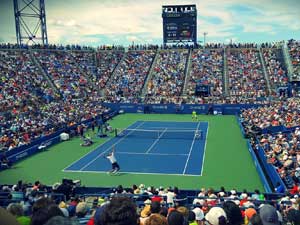
While football is a very popular sport to trade on Betfair, there are a growing number of people trading tennis, either for a living or a second income.
Rather than simply betting on a player and hoping that he or she wins, a tennis trader uses the ebb and flow of a match to buy low and sell high. It's just like a mini stock market!
It may sound complicated - or even too good to be true - but I am going to explain exactly how tennis trading works and how you can get started today.
As you're going to discover, I like to keep my trading as simple as possible. You will find plenty of people out there who will try to overwhelm you with theories, statistics and opinions, but tennis trading is as straightforward as you want it to be.
There's also a common myth that tennis trading takes a lot of time. However, tennis matches can swing one way and then the other fairly quickly so most trades will take anything from a minute to an hour. That's less time than a 90 minute football match!
Tennis tournaments are played all over the world, so you will find trades at times to suit your lifestyle. For example, matches at Wimbledon are played during the day in the UK and the Australian Open is at night.
Anyone can start to learn how to trade tennis, so how about you get started right now?
Why Choose Tennis for Trading?

Paul Shires, Pro Tennis Trader
When you first joined Betfair, the first thing you did was research which sports are best to trade, right?
No, of course not! The vast majority of new traders start by trying to make some profit from a sport they know something about. It's why football is the most popular sport to bet or trade on Betfair.
Football offers a great variety of markets and anyone with an interest in the sport is likely to find a market they feel comfortable with, whether it is match odds, over 2.5 goals or any of the many other options.
Mine is a similar story. When I started on Betfair, I read an article about trading horses pre-race and that sparked my interest, so that is what I started with.
I then found that on a weekend were fewer liquid markets than during the week, so I looked around for other options. While checking out the Betfair markets, there seemed to be tennis matches on every day.
As a teenager, I had been forced to choose between tennis and table tennis. I excelled in both and opted for table tennis, going on to represent England and Wales Boys Clubs.
Of the two sports, there was much more money in the Betfair tennis markets so this was the sport I started to research.
In addition, tennis seemed much more manageable to me than football. There were a lot more significant events in a tennis match compared to football and no irritating market suspensions for goals, potential penalties or red cards.
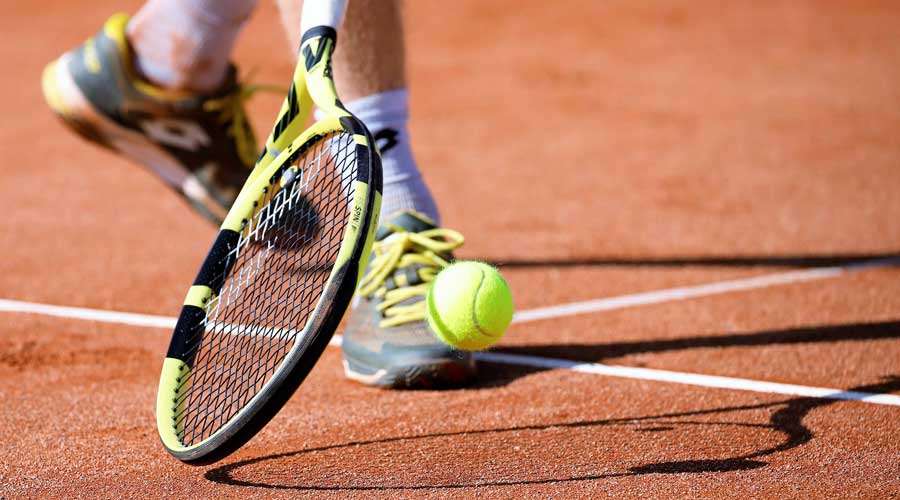
The one down side was that I had to learn everything from scratch. There was nobody around to teach me and I certainly didn't have access to all the trading stats I needed back then, not like today now that everything any tennis trader needs is available at Tennis Profits.
I did benefit from having some interest in the sport, but that was about it. The rest I learned myself through making mistakes and learning from them. Don't worry... I'm going to make sure that you have a much easier time of it!
I set up the TradeShark Tennis blog and released my first Trading Guide back in 2009. I found that I enjoyed helping other traders get started and took great satisfaction in the knowledge that nobody else had to fall for the same mistakes that I did in the beginning.
If you're interested, click here to read more about my tennis trading journey.
How does Tennis Scoring Work?
When trading tennis, it will benefit you to have some interest in the sport. To start with though, you just need to know the absolute basics such as how the scoring system works. You will pick up the rest of what you need to know over time.
If you do not know anything at all about tennis, the scoring system may seem a bit weird at first.
In short, players play "points" in order to win "games" which, in turn, win "sets". The match is usually decided as best of 3 sets, though men's matches in Grand Slam tournaments are best of 5 sets.
Due to the scoring format - with a player being able to win a game in just 4 points - matches can turn around very quickly.
During a game, if the score reaches 40 for both players, it is called as "deuce" and then play continues until one of the players is ahead by 2 points. The player winning the next point is said to have "advantage".
If the same player wins the next point, then he or she will take the game. If not, the score goes back to deuce. This continues until one of the players is ahead by 2 clear points and takes the game.
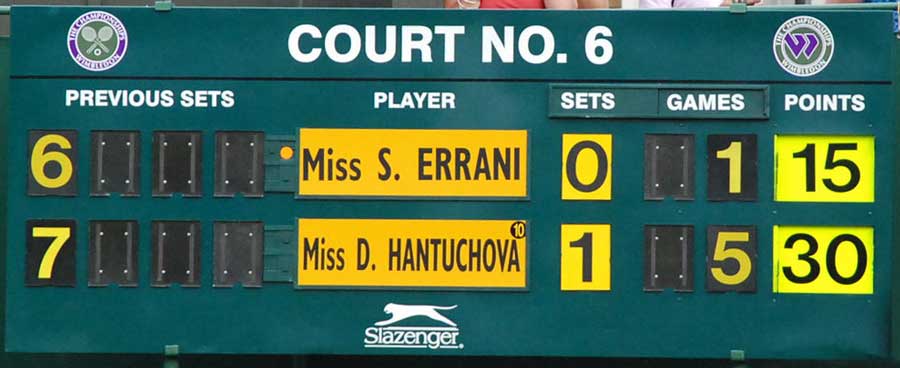
Only one player will serve during each game and they alternate service games until the set is won. Serving is a definite advantage, the server normally winning their service games; and losing a game when serving is called a "break".
During a set, if the score reaches 6-5, one more game is played. 7-5 wins the set, 6-6 forces a "tie break" game.
The player who received in the last game will serve first for 1 point. After that, they each serve 2 points in a row. The winner is the player who gets to 7 points first but, again, they must win by 2 clear points. The tie break continues until one of the players has a 2 point lead.
After the first game of a set, the players take a short rest and change ends. From then on, they will change ends every 2 games. This change of ends lasts 90 seconds and they are permitted to sit.
The players will sit down for 2 and a half minutes after the last game of a set, though this time is often extended if a player wants to go to the bathroom. It's also a good time for a tennis trader to take a quick comfort break!
That's about all you need to be able to follow a match.
Tennis Betting vs Trading
You might think that tennis betting and tennis trading are more or less the same, but that's not the case.
When betting, the bet is placed and left to run through to the end of the match. Due to the scoring system, tennis is one of the most difficult sports to place straight bets on because a match can turn around completely in just a few minutes.
Your player could be serving for the match, but gets nervous and is broken. Their confidence is destroyed and they don't win another game, going from match point to defeat. As you can imagine, that sort of situation is very frustrating!
When looking for a trading opportunity, you don't really care who wins the match. All you are looking for is a price move in your favour so you can remove your liability. Once you have that, you can green up evenly or have a free bet on one player. Then, you move on to the next match.
This is the reason why -in time - you will be able to use much bigger stakes for trading than you ever could for betting. You will be exposed to odds movement for much shorter time periods and able to manage your position at any time in-play.

When looking for a straight bet, you need to research just about everything! That's not always the case when trading because you can always reduce liability or exit the market if, for example, a set goes to a tie break.
Also, successful betting relies on finding value. A value price is higher than it should be, so gives a little extra over the actual probability of a player winning the game. Betting at value prices will make a consistent profit long-term, but it's not at all easy!
Whether betting or trading, always remember that any player can beat any other player on any given day.
How does Tennis Trading Work?
As I explained above, in order to make a profit when trading tennis you need to correctly predict the direction that the price of a player will move in. Once it moves, you then adjust your position to remove all the risk.
If you're completely new to Betfair and that doesn't make sense just yet, don't worry... you'll soon get the hang of it when you start trading.
It's very similar in principle to buying stock in a company and selling it for a profit, or a shopkeeper buying cans of beans from a wholesaler then selling them at a higher price.
Of course, the big question is when do you enter the market and when do you exit?
As you start out, this will largely be determined by following tennis trading strategies. You will stick fairly rigidly to a set of rules which will allow you to control your risk, but doing so will also limit your profitability in many cases.
That's ok, protecting your bank is always the biggest priority because you can't trade at all without one!
As you become more experienced and you develop your own trading style, you will recognise situations in which you're comfortable taking on a little more risk. You'll also learn to exit trades quicker as they start to go against you.
All that's left is accurately predicting which players to back or lay.
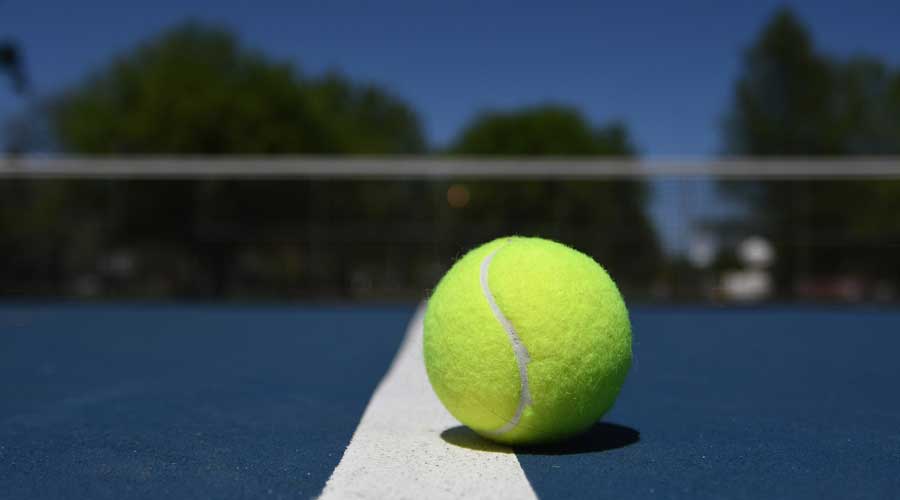
How to Predict Tennis Matches
Until somebody hands you a crystal ball, you will be predicting upcoming matches by using records of what happened in the past. You'll be looking at match results, serve statistics, recent form, head-to-head and so on.
It's very important to view these match records in context. For example, if you're attempting to predict the chances of a player in an upcoming match against a top 20 opponent, how he or she has performed against weaker opposition has limited relevance.
You also need to take the type of surface they're playing on into account. Players perform better (or worse) on certain types of surface, which is why we have developed our own "Surface Rank" at Tennis Profits.In addition, knowledge of the players really helps.
They rarely play the same way every time they step onto the court, so having an idea of how they're likely to react in different circumstances can help you spot opportunities.
This knowledge comes with experience and I'm happy to share mine with Tennis Profits members every day. It certainly gives them an advantage over other traders.
Forget any fantasies about winning every time. Instead, concentrate on learning how to predict tennis matches as accurately as possible and how to manage your trades effectively.
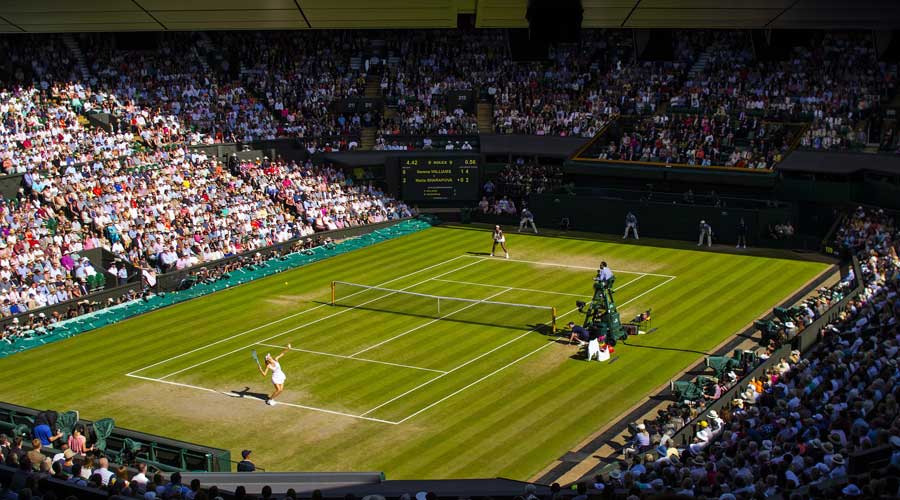
Why do Betfair Tennis Odds Move?
Once you've made your match prediction, you're in a position to take advantage of price movement. But what events during a match actually move tennis markets? After all, there are no goals or red cards like in football!
You may be surprised to hear that Match Odds prices move after every point played (unless one of the players is at 1.01). Tennis is a game between two players and there's no possibility of a tie, so one player has to win and markets react to everything that happens on the court.
Remember... when trading, you don't really care who wins the match. All you're looking for is the predicted price move in your favour.
It makes sense that scoring points, winning games and winning sets are all favourable, but the biggest price moves come when there are breaks of serve. That is, when a player wins a game while their opponent is serving.
In order to win a set without a tie break, one of the players has to break serve and finish two clear games ahead of their opponent. When that break of serve comes -especially late in a set - the player is more likely to win the set and, perhaps, the match. Therefore, the price for that player moves lower.
If you're already in a trade and there's a break in your favour, it's an excellent opportunity to remove some liability.
Or, if you're not in a trade yet and a break goes against the player you want to back, you may see it as an opportunity to get in at a higher price. If it's early in the set, there's plenty of time for your player to "break back" which then creates price movement in your favour.
A number of tennis trading strategies focus on the price movement around breaks of serve. You will find many more breaks in women's matches, so tennis traders will often focus on those. The men have bigger serves which are harder to return, so they hold serve more often.
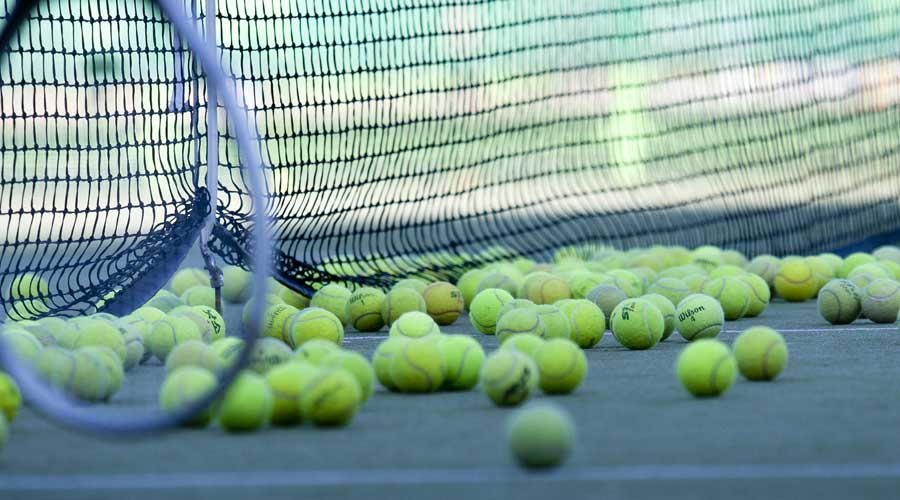
Simple Low-Risk Tennis Trading Strategies
There are a number of situations during tennis matches which present low-risk opportunities. Here are a couple of simple strategies you can look out for. These are suitable for a complete beginner.
Profitable Tennis Trading Strategy #1
When a WTA player is serving for the set or match, lay her in the Match Odds market. This first one takes advantage of a pressure situation. It works especially well in third sets as the potential swing in the price is huge if she gets broken. If she holds her serve, trade out for a small loss and wait for another opportunity to try again.
You can also try this in ATP matches. The men get broken fewer times, but because of that their price will be lower which means less risk.
Profitable Tennis Trading Strategy #2
When a player is two breaks of serve up, lay him or her. This second strategy looks for a situation in which the potential profit is bigger than the potential loss.
Players with a double break lead often relax a little and that can allow their opponent to get at least one of the breaks back. If there is a break back, you can either green up or just remove the liability from the trade.
The market will assume that the set was pretty much over anyway, so if the leading player goes on to win by two breaks of serve you won't make much of a loss when trading out.
I have plenty more strategies for you to get stuck into, they're all in the Tennis Profits Members Area.

How do Rain Delays Affect Tennis Matches?
Rain delays are a part of tournament tennis and they certainly have a bearing on match outcomes.
Firstly, the players need to manage their body. During short delays, the physio will allow their player to rest but not so much that their body cools down and muscles start to stiffen.
During longer delays when the players actually leave the court, the physio will ideally get their player to change clothes. The players will then go through stretches to try to avoid their muscles stiffening as they cool down.
Each time the match resumes, both players will go through their warm up routine as if it was the start of a new match.
Secondly, there's the mental side of playing tennis. Momentum plays a huge part and any sort of delay can disrupt it. Even the slightly longer break between sets can totally change momentum and many players use "tactical medical timeouts" to disrupt their opponent's focus.
Therefore, you can understand how a rain delay of anything from 30 minutes to a day can dramatically change the outcome of a match. If a player was in control of the set or maybe even the match before the rain came down, it can easily shift the advantage away.
On the other hand, if they had chances to close out the set or the match but failed to take them, it means they have a lot of mental turmoil to cope with. The longer the delay, the more time they can beat themselves up for not being able to finish the job.
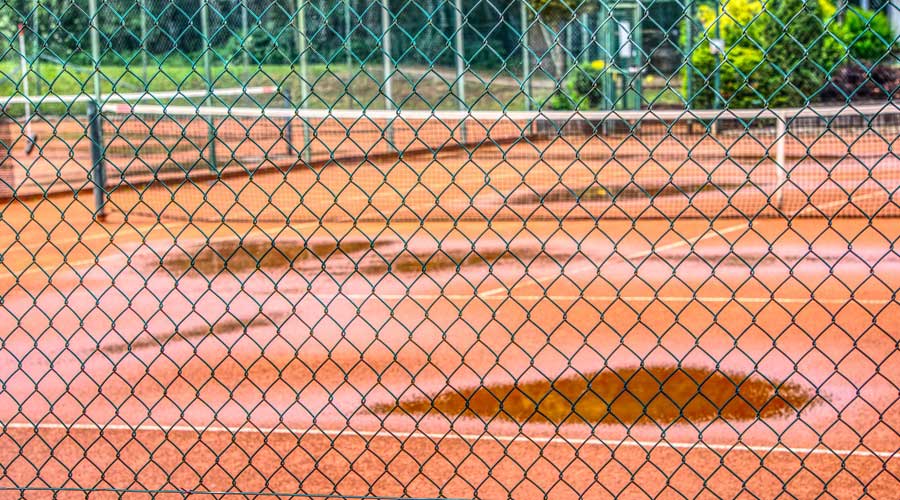
So the obvious question is, can you use rain delays to your advantage?
Well... for shorter delays, you'd think that the advantage should favour the players with more experience or those with the more experienced coach and physio. However, as the delay will wreck momentum it often favours whichever player is behind.
Longer delays are more interesting. Elite players have reached the top of their game because of their attention to every detail - including the physical and mental excellence that is required - so they usually handle delays well.
However, the next tier of players often appear irritated that they have been kept waiting. When the match resumes, you will frequently notice that the lower ranked player raises his or her game.
The bottom line is that I've been trading tennis matches since 2008 and I've seen strange things happen after the rain clouds clear. Be careful!
What is "Courtsiding"?
Wikipedia defines courtsiding as follows:
"Courtsiding is the practice of transmitting information from sporting events for the purpose of gambling, or of placing bets directly from a sporting event. It has been observed as occurring most prominently, although not exclusively, in tennis."
In the past, it was possible to gain a slight advantage because tennis scores and live pictures are delayed and betting markets move with every point played. However, the authorities have clamped down massively in recent years.
The International Tennis Integrity Agency (ITIA) is now responsible for preventing, investigating and prosecuting corrupt behaviour primarily related to betting and match fixing.
They kicked at least seven courtsiders out of the US Open in 2017 and just in case that doesn't put you off, a Spanish player called Gerard Joseph Platero Rodriguez was suspended for four years and fined $15,000 in 2020 for courtsiding.
Even if you had the technology to take advantage at such high speed, you'd soon get caught. In my opinion, courtsiding is more of an urban legend these days rather than something that could possibly make you a profit.
Learn how to trade tennis properly, then you have an income for life... and you won't jump out of your skin when there's a knock at the door!
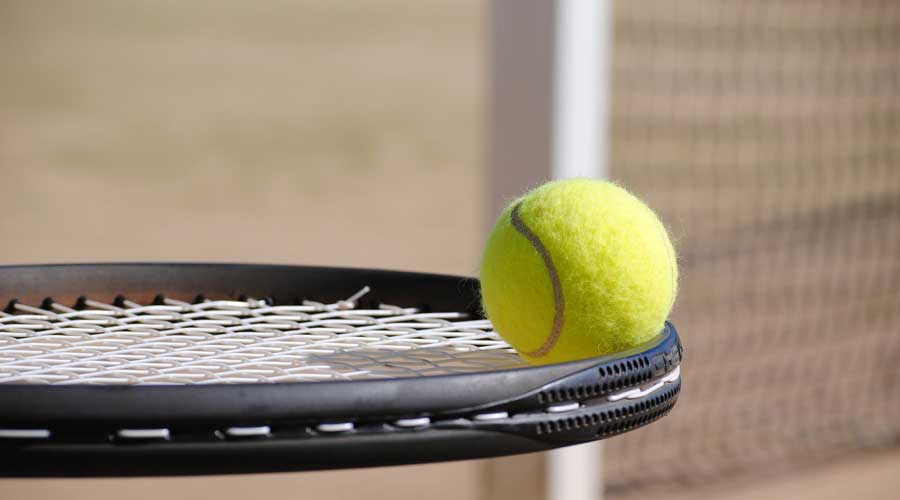
Trading Tennis for a Living
Most people reading this article will be trading part-time, either as a fun hobby or to try and make a little extra cash on top of their main income. Is that the level you're at right now?
If your job has become a little tedious or you're having a rough time, then I'm sure you will have dreamed about working for yourself. Has Betfair trading made a guest appearance in those thoughts?
It's certainly possible totrade tennis for a living - I'm living proof of that - but it takes a certain type of person to make it work.
I'm not just talking about trading ability, but discipline and mindset. You must be self-motivated and willing to work whatever hours are necessary to research potential trades properly. You also need patience and discipline to wait for the right trades, good bank management and the ability to accept losing trades.
For most of my working life, I didn't have a typical 9 to 5 working day. I worked late shifts, night shifts and weekends on a regular basis. I also worked long hours and 14 or 15 hour days were almost the norm.
Eventually, I began to resent putting in all that effort for limited reward. Fast forward to today and I still put in a lot of hours, but all of the benefit goes directly into my pocket (which the wife then raids!).
There's a lot of pressure when you start to trade full-time, but I loved it. More than 10 years on, I honestly wouldn't change a thing!
Rather than jump straight from full-time employment to full-time trading, you can also do it in stages. Reduce your working hours so that you still have a guaranteed income, but also more time for trading.
Before all that though, you need to learn how to trade profitably!
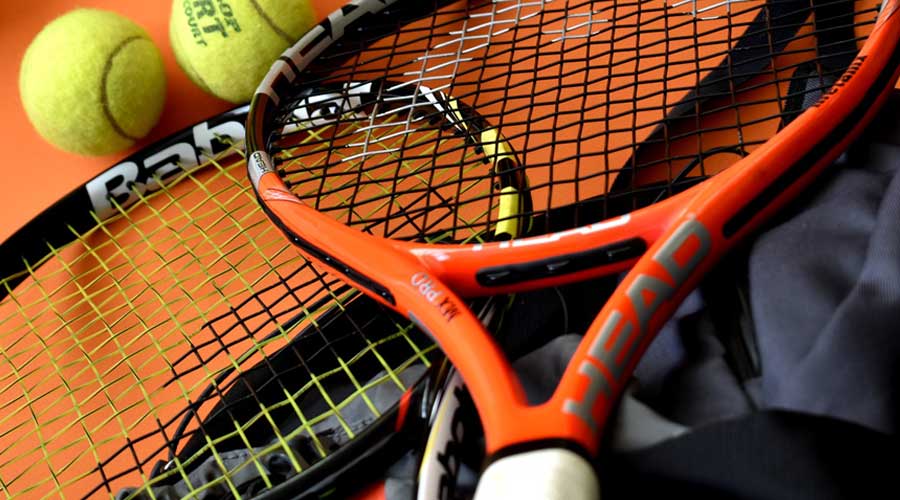
How to Learn Tennis Trading

Paul Shires, Pro Tennis Trader
As I already explained, I learned how to become a successful trader with very little help. I have a tenacious character and I absolutely refuse to quit, otherwise I'd have given up after a few months. It was really tough!
For example, I watched a lot of YouTube videos but all that taught me is there are a lot of people uploading videos who really don't have a clue what they're talking about!
I'd click on a video titled "how to make money betting on tennis" and, by the end of it, I'd be none the wiser.
Finally, after a lot of hard work and frustration, I started to make progress. I released my first Trading Guide through the TradeShark Tennis blog in 2009 and spent the next decade adding to it.
Today, I can very proudly say that I have taught a huge number of people how to trade the tennis markets on the Betfair betting exchange. I help them to avoid all the mistakes I made and find success much quicker.
I'm a typical Yorkshireman, as you'll see from my no nonsense approach to trading, teaching and life.
While the TradeShark community was extremely successful, Tennis Profits goes a step further. In addition to my years of trading experience, members also get access to extensive trading stats. It's a game-changer!
It's always been a challenge to find the stats I need in order to properly research trades. Most of them are available if you look hard enough (or pay a subscription) but it used to be time consuming because very few websites are designed for tennis traders.
Early in 2021, I teamed up with Matt Bisogno (Geegeez) and Steve Brown (Goal Profits) to build the perfect tennis trading stats layout. We quite literally started with a blank piece of paper and we haven't stopped adding new stats and features since!
With all the stats in one place, trade research is now quicker and easier than ever.
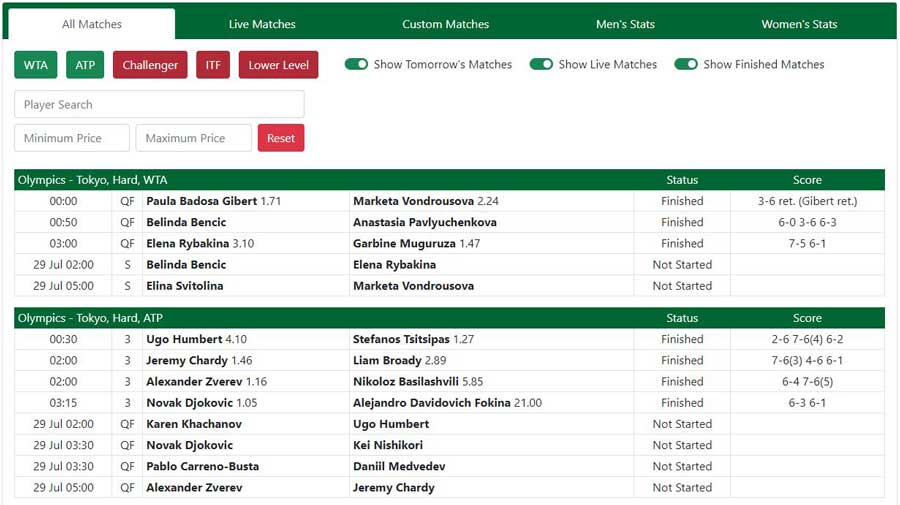
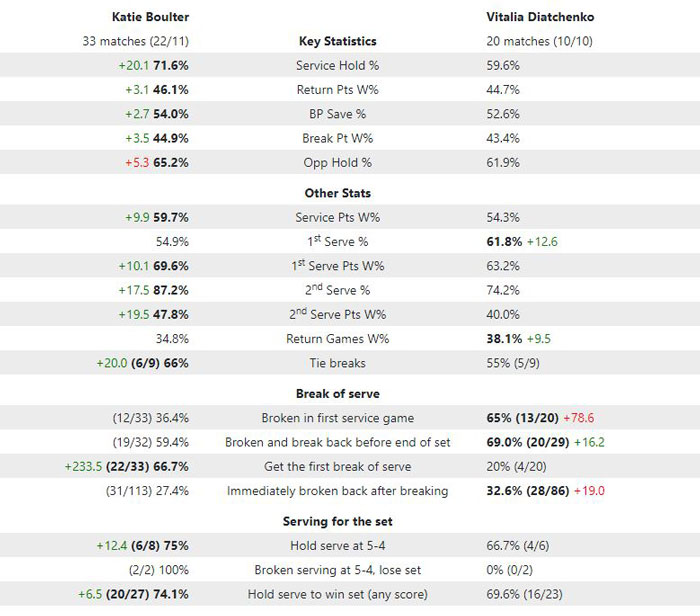
When you join Tennis Profits today, you'll get access to everything you need to become a successful tennis trader including the trading stats and all future updates. Plus, of course, my help and support.
If I'd had access to all of this when I started, my road to full-time trading would have been so much easier.
I'm going to enjoy helping you get there too!

